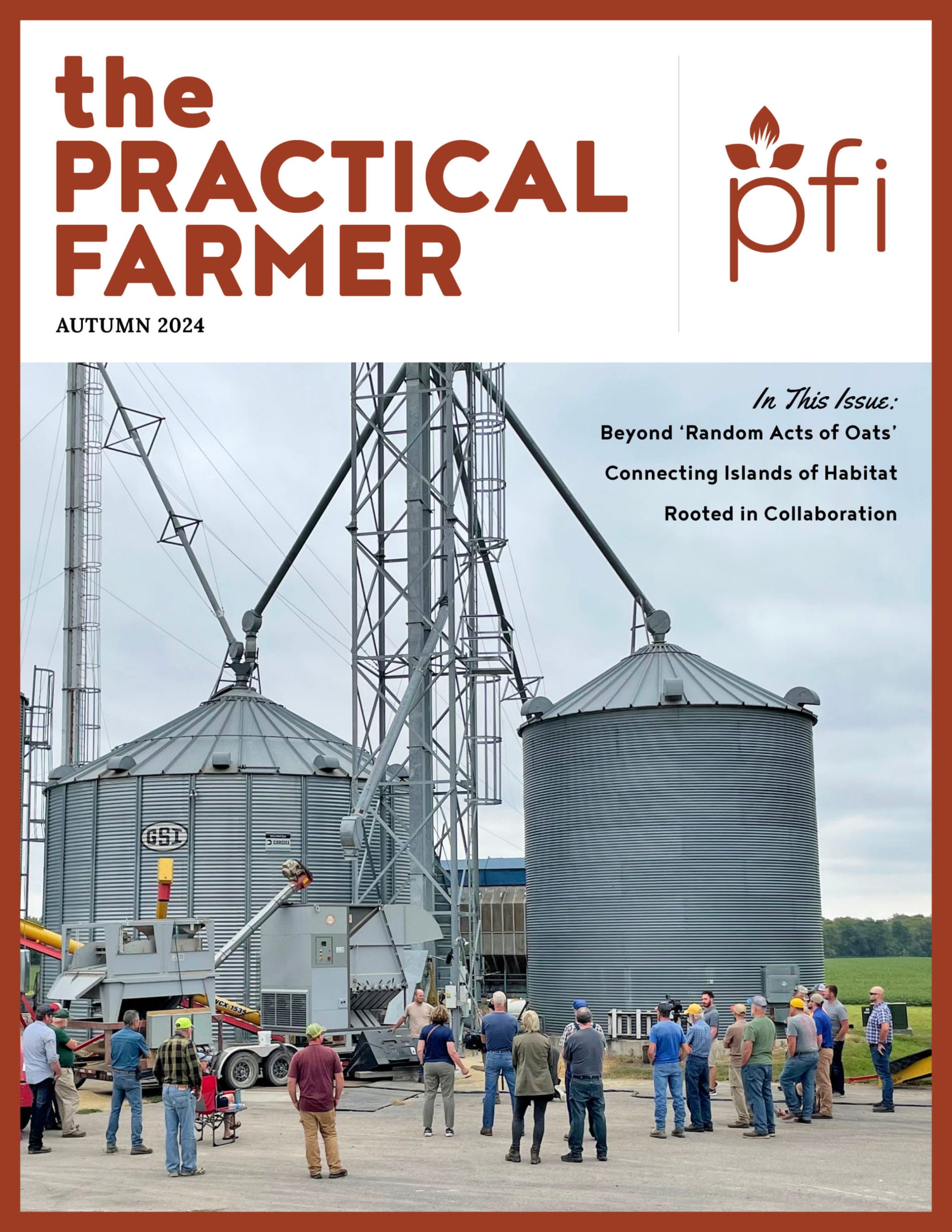the Practical Farmer: Autumn 2024
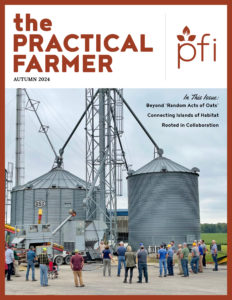 Table of Contents
Table of Contents
- From the executive director
- Beginning Farmers
- Habitat
- Livestock
- Field Crops
- 2024 Field Day Season Photo Recap
- Horticulture
- Member Book Review
- Member Photos
- PFI News
On the Cover
A group of oat growers gathers on Tom Pyffereon’s farm in southern Minnesota. Tom is part of Byron Area Farmers, a unique farmer-led collective of area oat growers who are working together to share knowledge and make it viable to raise a third crop. Read more on page 14. Photo by Martin Larsen.
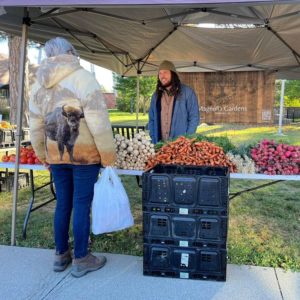 Beginning Farmers
Beginning Farmers
Grow Where You’re Planted
Urban farmers are challenging assumptions about farm size and setting while navigating unique obstacles to connect with communities in urban spaces across Iowa and the Midwest.
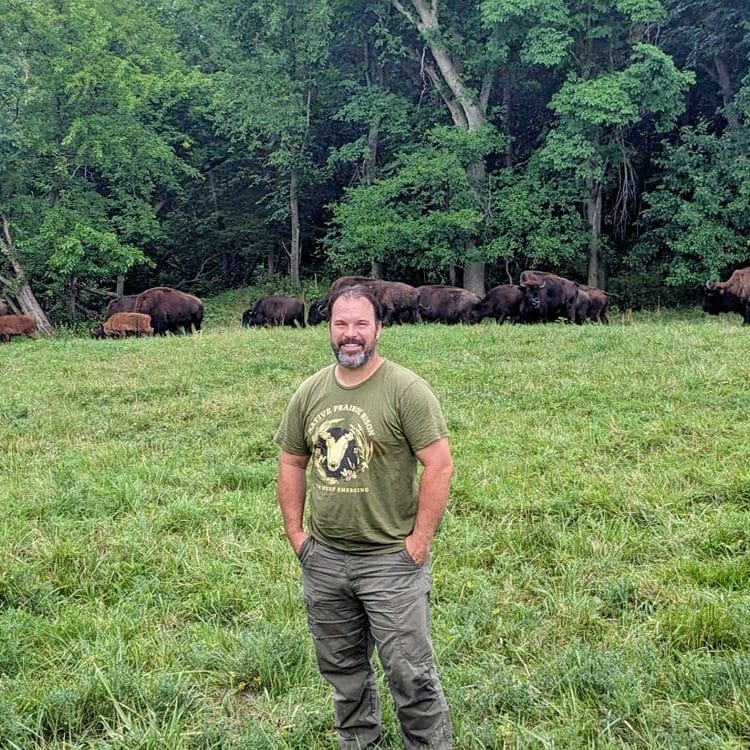 Habitat
Habitat
Connecting Islands of Habitat
At Native Prairie Bison, Jathan Chicoine and Racheal Ruble are showing how farmers who add habitat
can help create vital wildlife corridors in Iowa.
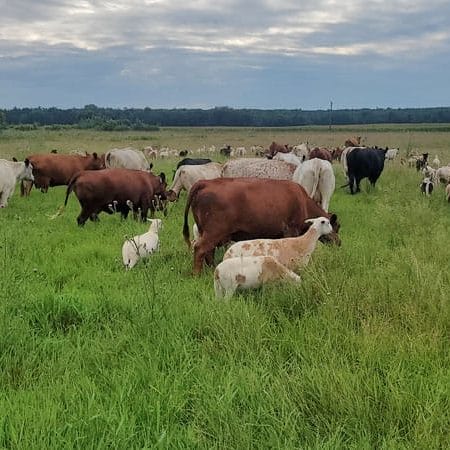 Livestock
Livestock
In Search of Flerds
Mixed-species grazing is common in nature, and used to be a more common agricultural practice. Some PFI members are adapting this practice on their farms.
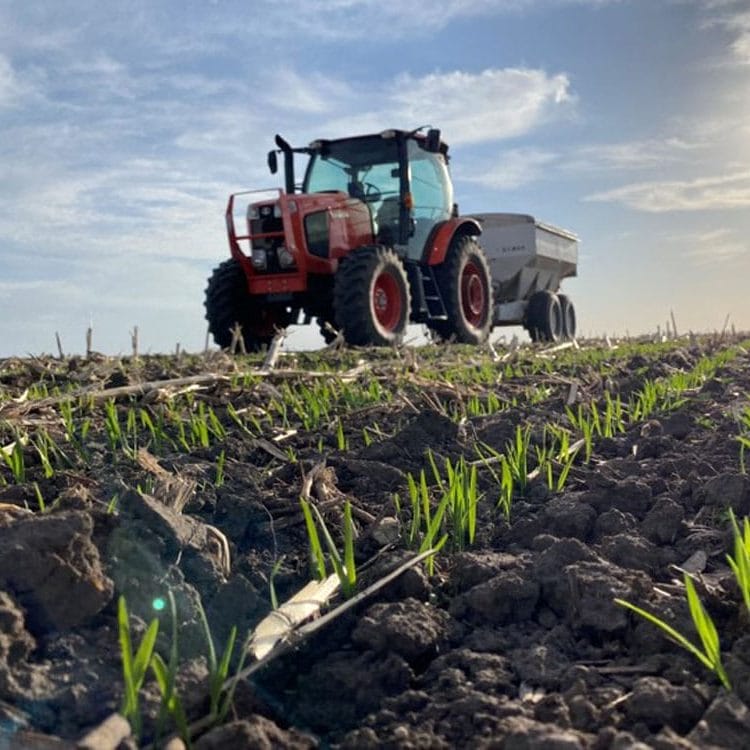 Field Crops
Field Crops
Beyond ‘Random Acts of Oats’
A growing group of Minnesota farmers is banding together to prove the viability of raising a third crop in rotation at scale.
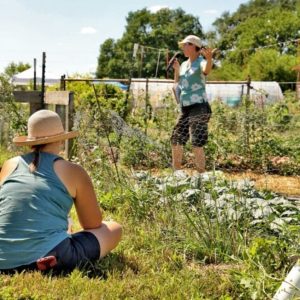 Field Day Photos
Field Day Photos
2024 Field Day Season
See images of learning, connection, food and fun from the first half of our 2024 field day season.
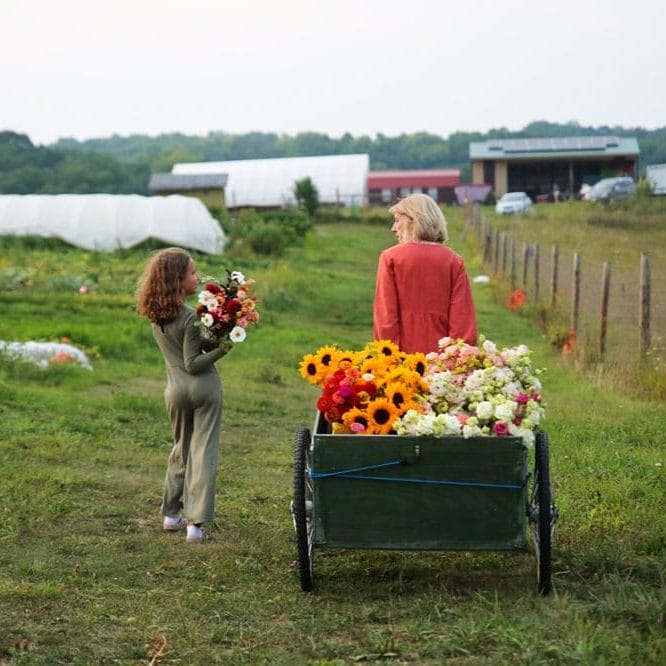 Horticulture
Horticulture
Rooted in Collaboration
By organizing a cooperative, three flower farmers in the Decorah area are blooming together.
 Member Book Review
Member Book Review
“Midwestern Food” by Paul Fehribach
Reviewed by Kjersten Oudman
PFI News
Meet the Newest Staff Members of PFI’s Team
Kelsie Eckhart
Human Resources Coordinator
Senior Data System Coorindator
Senior Research Coordinator
Field Crops Viability Coordinator
Digital Content Coordinator
On-Farm Research Corner
Do Soil Health Practices Let You Lower Nitrogen Rates?
Soil health practices like diversified rotations, cover crops and incorporating grazing livestock are known to improve soil health and nutrient cycling. But can long-term investments by farmers in these practices translate to better yields, lower fertilizer costs or both? To find out, 19 corn farmers put this concept to the test in 2023 as part of a multiyear PFI project. The farmers collectively performed 22 replicated strip trials testing their typical nitrogen rate against that rate reduced by 12%-50%.
Using an average fertilizer cost of 86 cents per pound of nitrogen, and an average corn price of $5.02 per bushel, 16 of the 22 fields farms saved money using the reduced nitrogen rate. Sean Dengler, who farms near Traer in Tama County, Iowa, was one of those who saw no change in corn yield and better financial returns from using the reduced rate. “I thought my nitrogen rates were high to start off,” Sean said when reflecting on his results. “This trial gives me confidence in reducing them across the board.”
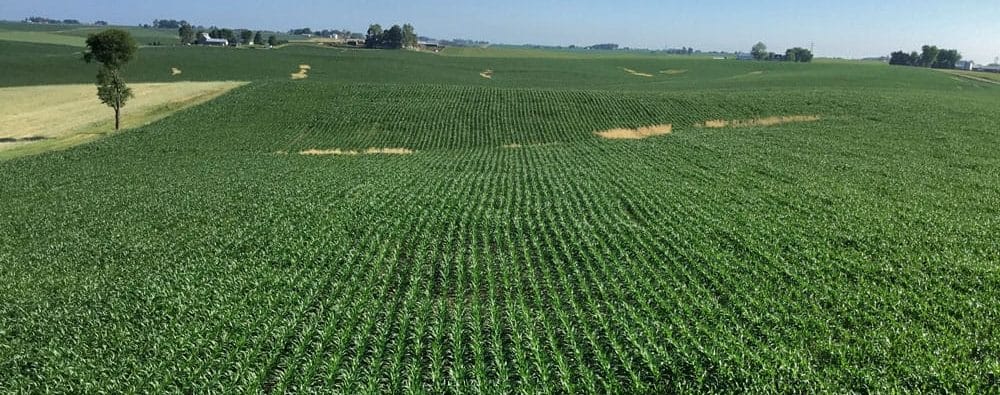
Kevin Veenstra’s trial field on June 19, 2023. He saw no difference in corn yield and reaped financial savings by reducing his nitrogen rate by 20 pounds of nitrogen per acre. Kevin has been using cover crops and no-till on his farm near Grinnell, Iowa, for over seven years.
Join the Research
Wondering if your nitrogen rates are right for you? We’re looking for corn farmers in Illinois, Iowa, Minnesota, Missouri, Nebraska and Wisconsin to join this ongoing project for 2025. Eligible fields will have at least a five-year history of soil health practices (cover crops, diverse rotation, integrated grazing, reduced tillage, etc.). The trial involves eight treatment strips. Four strips will receive your typical fertilizer rate, and four strips will receive a reduced rate of your choosing.
Joining PFI’s on-farm trial is a low-risk way to see if you can maintain corn yields, save money – or both – when reducing applied nitrogen fertilizer. To sign up or learn more, go to practicalfarmers.org/open-calls-for-on-farm-research-cooperators.

